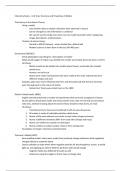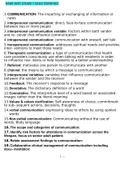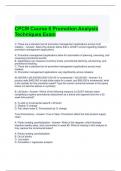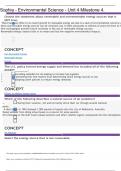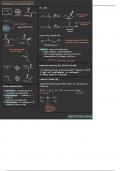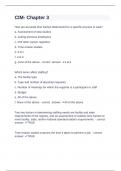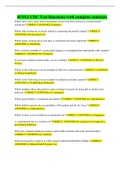Summary
Summary ON Curriculum - Course Notes Gr 12 Chemistry
- Course
- Chemistry
- Institution
- 12th Grade
Covers in-depth complete course notes for grade 12 chemistry (university level). Includes topics: 1. Structure and Properties of Matter - History of the Atomic Theory - Various historic models and theories - Electromagnetic Spectrum - Schrodigner’s Equation - Quantum chemistry - VESPR ...
[Show more]
